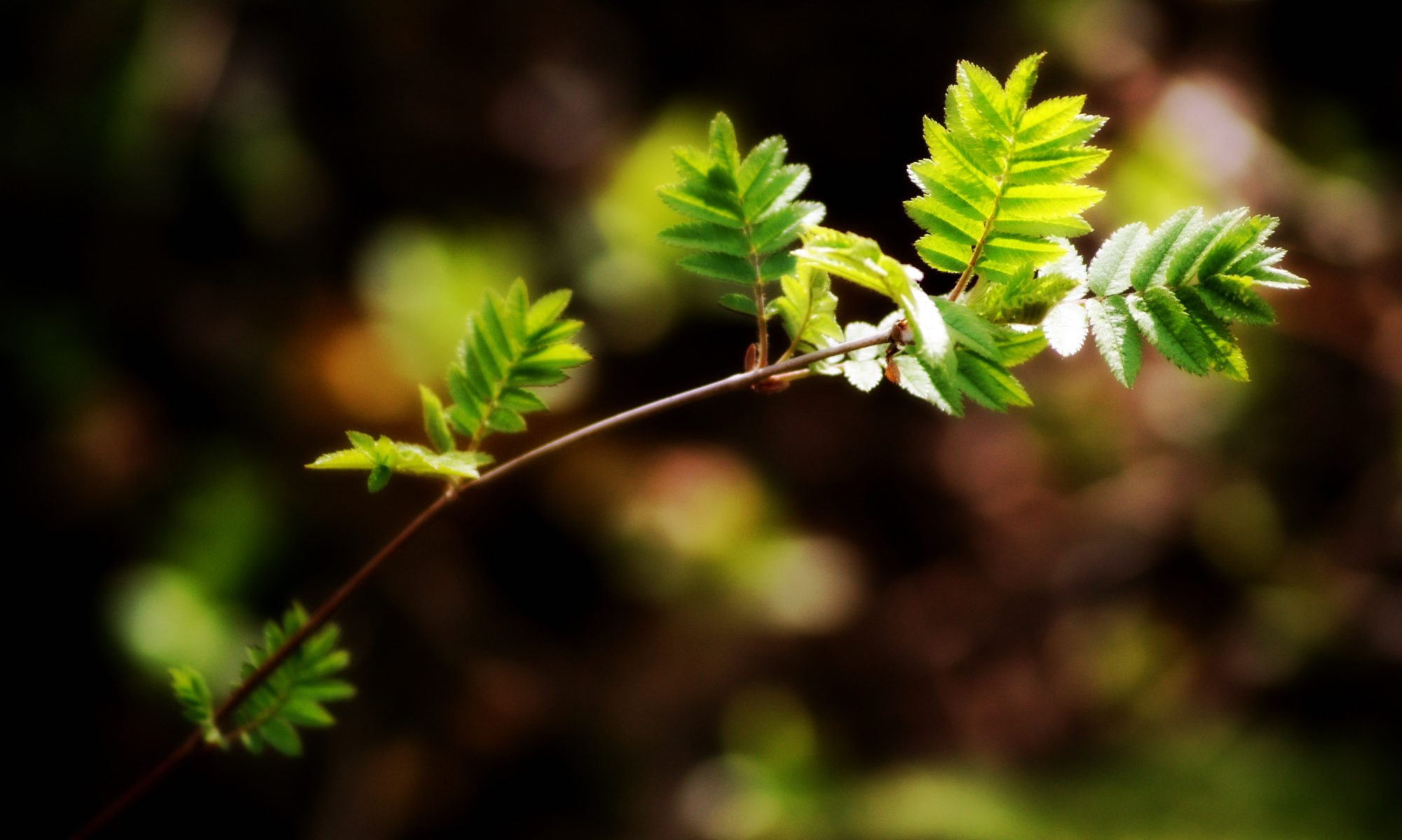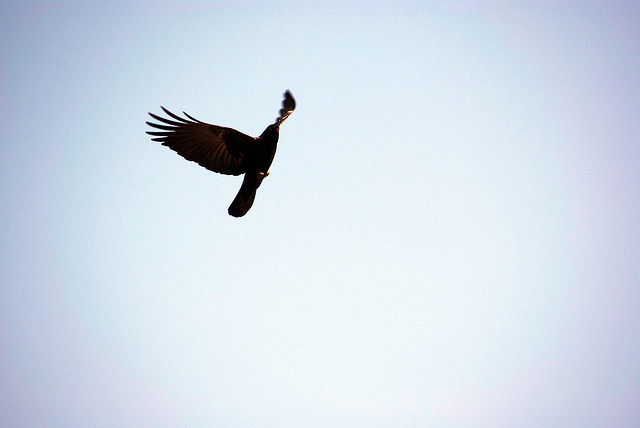As noted by Dr. Felix Sperling at the ESC blog, there is some discussion about the position of curator of insects at the Royal British Columbia Museum in Victoria. Below is the letter that I have sent to Professor Jack Lohman (CEO) expressing my concern and the importance of ongoing curation and maintenance of the collection for scientific research and public outreach.
—–
Dear Professor Lohman,
I am writing this brief letter to express my support for continuing to fund a full time curator of insects at the Royal British Columbia Museum. It has come to my attention through a variety of sources that there is some discussion of redirecting the RBCM salary budget for the insect curator position (previously held by Dr. Rob Cannings) to other areas. I believe that this would be an error, both in the short term and in the long run.
My students and I often rely on museum collections in our research. Currently I have students and postdoctoral associates working on aquatic and high elevation insect biodiversity and ecosystem function research in the context of proposed infrastructure projects here in BC. Other work in my lab has been focused on the recent dramatic mountain pine beetle infestation; and now that the infestation has run its course in many areas, the ability to record shifts in biodiversity in regenerating forests in the wake of the beetle is becoming more and more vital.
In order to conduct this type of work – vital to the economic and environmental well-being of our province – we require access to well-curated, well-maintained, and broadly representative insect collections. While collections including some representatives of BC insect fauna exist elsewhere, nothing can replace the RBCM collections that were made in this province over the past many years. The data in the RBCM collection are immense and priceless, and to leave them without a dedicated curator would eventually reduce or remove their value entirely.
One might look to California as an example of the value of comprehensive and well-curated regional insect collections. Exemplary collections, such as the Essig Museum of Entomology at the University of California Berkeley, or the collection at the California Academy of Sciences, are prime examples of well-curated collections that have made a huge difference in past and present entomological research in that state. Like California, BC is a biodiversity hotspot. Much of that biodiversity comes in the form of insects and their arthropod kin. If we do not have the tools available to understand past and present biodiversity, we will not be able to react to quite predictable (e.g. development, climate change) or currently unforeseen changes that will affect our health, our food supply, and our environment.
Beyond economic and environmental security aspects, however, is the fact that the public are deeply intrigued by insects. Almost every child who I’ve ever met loves to catch and watch insects. Adults are variably enthralled or wary, but they always want to learn more. Insects are the animals that we encounter most often in our urban environments. They affect our outside activities (ants at a picnic, mosquitoes at the campfire), our health and comfort (West Nile virus, bed bugs), and our food (pollination, helpful and detrimental insects in your vegetable garden). Many are beautiful or exhibit charismatic behaviors. Others are just plain strange and are great fodder for fantastic natural history stories that encourage people to learn more about the world around them.
A dedicated curator of insects is vital for maintenance, documentation, and expansion of the collection and its broad utility. Such a person would be able to develop fantastic displays that attract patrons to your museum. They could develop tools to make the collection more accessible to scientists and the lay public. They would also be a continued invaluable source of information and advice to entomologists and ecologists working on vital basic and applied science in British Columbia. In short, the continuation of this position is vital for science, for outreach, and for our human well-being.
In your vision for the RBCM you state that you intend to “… advance knowledge about BC through our collections, presentations, expertise and partnerships.” Continuing to fund the salary of a curator of insects at the RBCM will go a long way towards meeting this objective. Please strongly consider maintaining this vital position at the RBCM for current and future generations of scientists and citizens.
Sincerely yours,
Dezene Huber
Associate Professor
Canada Research Chair in Forest Entomology & Chemical Ecology
Ecosystem Science and Management Program
University of Northern British Columbia


